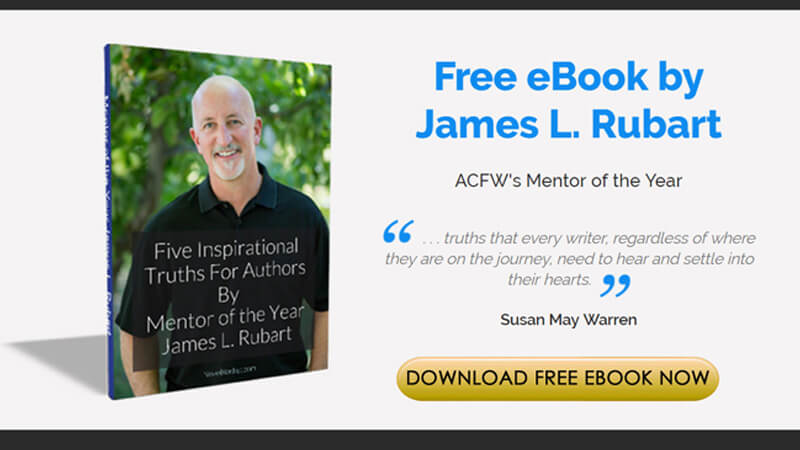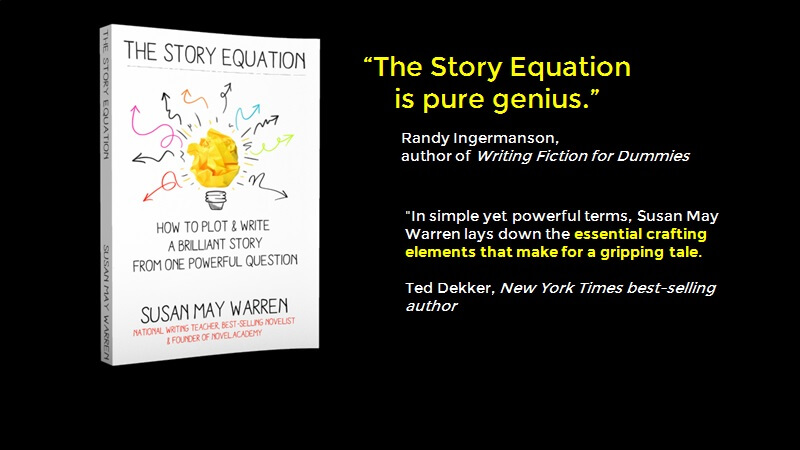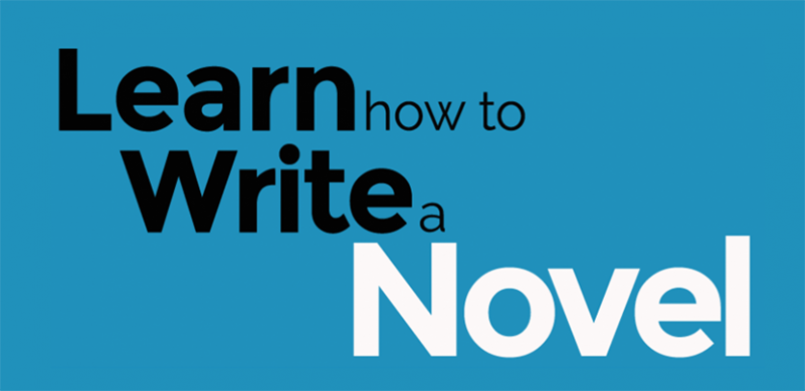FIRST DRAFT IN 30 DAYS Overview
by Karen S. Wiesner
Writer's Digest Books
ISBN: 1582972966
There's no wrong way to write a book, but there are ineffective ways of writing. Most writers have been led to believe that writing is a spiritual process in which you start "digging for plot" anywhere your pen hits paper. The biggest flaw in this theory is that the writer may start digging for their plot a hundred miles in the wrong direction! If you haven't done all the necessary preparation, you have no idea whether or not there really is a plot beneath the soil you're unearthing. You may dig endlessly and never find it...or you may find it quite a ways down the pike from where you started and nothing that has come before has much consequence and worth. The clearer a writer's vision of a story before the actual writing begins, the more fleshed out that story will be once it makes it to paper.
Imagine an outline that makes it possible for you to do less work, not only reducing the number of drafts you have to do per project, but possibly even reducing it to a single draft. Imagine viewing an outline as a snapshot that captures everything the novel will contain on a smaller scale. Imagine revising the outline instead of the novel. Imagine using an outline so complete, it may actually qualify as the first draft of the novel. Imagine making your muse an assistant to the writing process instead of in charge of it. Imagine plotting your career in such a way as to 1) allow you to accurately predict down to the day you'll complete each book, and to 2) allow you to get ahead of your sales or releases. FIRST DRAFT IN 30 DAYS provides a six step process for outlining a complete novel over the course of 30 days. It also helps authors plot their careers so they can be more productive.
I strongly believe in pre-writing—long-hand. Days, weeks, months, even years before an author begins work on a certain novel, she should create a folder for that novel and she should be writing down notes about the story as they come to her. That way, when it comes time to piece together an outline for the story, you already have most or possibly even all of the pieces you need to create the outline.
For my novels, once a story has been brewing for a considerable amount of time and I’ve amassed the necessary research (which is done between books and well in advance of a project), I start with an extremely detailed outline, which is, in essence, the first draft of the book. The outline can take anywhere from a day to a couple weeks to work out, depending on the complexity of the book. My outlines are as complete as first drafts. I revise the outline—not the book—until all the kinks are worked out the plot. Remember, what’s in the outline will carry over into the novel. You can create an outline that will contain everything your novel will need, but you’ll create it on a smaller scale, so it won’t be as intense (and, incidentally, probably not as magical either) in the outlining stage. Remember, I don’t consider a first draft the first actual writing on a novel. FIRST DRAFT IN 30 DAYS teaches you how to write an outline that’s so complete, it could actually qualify as the first draft of the book because it contains everything the book will contain scene-by-scene. This outline will allow you to write your novel straight through from start to finish since all the kinks were worked out in the outline stage and everything the novel needs is contained in the outline—and you’ll probably do all of this in less than half the time it usually takes you to write a novel. Once I go to write the actual first draft of the book, in general it’s so easy it’s like I’m writing something that’s already been written at least once.
Because of the way I’ve worked my schedule, I’m usually able to set my completed outlines aside for a few months, then come back to them and make sure they’re as solid as I thought before. As soon as I’m ready, I can begin writing. My annual goal sheet can then include accurate time-tables for researching, writing outlines and writing novels. I also use project goal sheets, so I can know down to the day how long it'll take to finish a book. Completing a 100,000 book generally takes me a month or so, followed by minor polishing and editing. Since my first draft of a book is my final draft (the hard part of writing a book is working out all the kinks, and that’s done in the outlining), I can write 3 or 4 outlines/books per year.
FIRST DRAFT IN 30 DAYS takes the mystery out of writing novels and in planning a writing career that continues to have momentum. The amazing thing about the process is that it’ll work for any writer—in whatever stage of his of his career. Published, unpublished, twenty books already under his belt or not even one. It’s also so flexible, a writer can incorporate the parts that benefit him into his own way of working.
In this current state of publishers folding, changing hands, and concentrating mainly on their prolific, best-selling authors, it’s absolutely essential that writers learn how to finish quality novels and to do it fast enough to keep the momentum of their careers rolling steadily. New writers are finding it harder and harder to break in for the first time. Those who have broken in—mid-list and established authors—are finding it difficult to keep selling. Even more thwarting is if those authors can only write one book a year. Published authors who want to compete in a totally chaotic market need to learn to write fewer drafts because they can sell a proposal “on spec,” which generally translates into selling more in less time.
On my website, you’ll find an excerpt from FIRST DRAFT IN 30 DAYS: http://www.angelfire.com/stars4/kswiesner/FDexcerpt.pdf, in-depth details about the process, downloadable and printable copies of 3 of the worksheets contained in the book, examples of all the worksheets contained in FIRST DRAFT IN 30 DAYS filled in, bonus articles and dozens of FAQs about the method. Drop by www.firstdraftin30days.com for all of this.
Purchase FIRST DRAFT IN 30 DAYS: http://www.amazon.com/exec/obidos/ASIN/1582972966/theworldofawa-20
Join the FIRST DRAFT IN 30 DAYS newsletter for updates!
Visit http://groups.yahoo.com/group/FDin30Days, or, to directly subscribe, send a blank e-mail to FDin30Days-subscribe@yahoogroups.com.
Tuesday, November 01, 2005
Home »
» Karen Wiesner Part II: First Draft in 30 Days
Karen Wiesner Part II: First Draft in 30 Days
Tuesday, November 01, 2005
3 comments























Karen, your discipline is amazing, your advice indispensable. Thanks for sharing with us.
ReplyDeleteI must add, though, that I worked for years under the shadow of the almighty outline. When I finally put it aside and wrote from the gut, the writing process became one of joy instead of drudgery. Not everyone works the same way, but for me, the outline was a ball and chain. I'm only posting this for those of you who relate--not for those looking for an excuse to be lazy writers. There is a difference.
Again, thank you, Karen, for taking the time to challenge us all.
I put my comment in the wrong place (under yesterday's), but I wanted to tell you how much I'm enjoying the book, First Draft in 30 Days. It has helped me redefine the way I outline into mroe of a readable roadmap. Thanks, Karen!!
ReplyDeleteI'm enjoying this book. I started my first novel a couple of years ago, using your method, then put it away because the plot was too dark for me at the time. I've recently dusted it off and was shocked at how much I had developed the characters and plot, thanks to your process. Am looking forward to pressing in and finishing my first draft now. Thank you!
ReplyDelete